Year 2, Lesson 3.1 - Professional Roles, Dilemmas, the 3 E’s and the 4 C's
Unit Learning Goal
Students will analyze real-world dilemma situations using various lenses to determine central conflicts and possible solutions.
Lesson Goal
Students will be able to use the lens of “roles” (both personal and professional) to make decisions about dilemmas aligned with excellence, ethics, and engagement.
Assessment
Monitor group and class conversation for comprehension of how to use “roles” and the three Es when breaking down the dilemma scenarios.
Analyze Exit Tickets for independent application of the concept of roles and the three Es.
portfolio documentation
RESOURCES
Optional: Video versions of the 3 Dilemmas in the above handout:
Total TIME
45 minutes
-
1. Remind the students that in the previous class, they worked through a handful of dilemmas, visiting three different “mentor networks”, to receive advice about how the main character in each dilemma might uphold each of the 3 Es of “good work”.
As a reminder, here are the definitions of each of the 3 Es:
Excellence: work that is high in quality
Ethical: work that is socially responsible; workers are concerned about the consequences of their actions and the means by which their work is achieved.
Engaging: work that is meaningful (consider personal, social, and professional forms of meaning)
2. Explain to students that in this class, they will still keep the 3 Es in mind while sorting out dilemmas, but they will add yet another layer of complexity to their decision making, taking into account the various roles of the individual who is facing the difficult situation.
Instructions
1. Opener: Break your students into groups to discuss three different dilemmas [10 minutes].
Present each group of students with the 3 Dilemmas Handout and assign each group one of the three dilemmas. Each of the dilemmas is related to one of the 3Es.
“Looking Good” [Excellence]
“Finding the Thread” [Engagement]
“A Life Worth Living” [Ethics]
Allow each group 10 minutes to read their dilemma. Remind students that their dilemma is representative of a particular one of the 3Es.
Please Note: If you are short on time, students can just read the short summary of the dilemma at the top, or view the video version of the dilemmas linked below to save time.
-
One teacher swapped fictional dilemmas for The Good Project dilemmas, noting “I have used conflicts and dilemmas from the novels we are studying instead of the dilemmas in the lessons. I was struggling to fit in the lessons and my regular curriculum.” Go for it!
2. Have your students discuss their dilemma using a 4C routine [15 minutes].
Have your students discuss together the discussion questions at the end of each dilemma and ask them to consider these questions in light of the fact that their dilemma is representative of one of the 3 Es and that the main character in their dilemma has a more than one role that must be considered.
Present students with the 4C Thinking Routine to capture their thinking.
Keep the 4C Routine Handout for the Good Work Portfolio.
3. Ask students to rotate discussion groups and share their learning with each other [10 minutes].
Have students re-convene into new groups so that a student from each dilemma is represented in each group.
Based on what the students read in their dilemmas, each group should discuss what responsibility can mean in regard to the 3 Es.
3. Share out [5 Minutes].
Ask the groups to share out together as a class.
Start with the first dilemma, and then move to the second and so on. For each narrative students should describe:
A brief overview of the narrative
The E that narrative represented (Excellence, Ethics, or Engagement).
The roles that were in conflict for the main character of their narrative.
5. Exit Ticket [5 minutes].
Present students with the Lesson 3.1 Exit Ticket
Students will read the Emily’s dilemma and answer the following questions:
Which of the 3 Es is most represented in this dilemma? Why?
What roles might Emily be considering in her decision making (e.g., mother, subordinate, nurse with many years experience, co-worker, etc.)?
How does the E you see as most represented in this dilemma conflict with or support Emily’s professional role and the decision she currently faces?
Keep the exit ticket for the Good Work Portfolio.
Lesson Walkthrough
Watch this short video guide for lesson specific advice from The Good Project Research Team.



